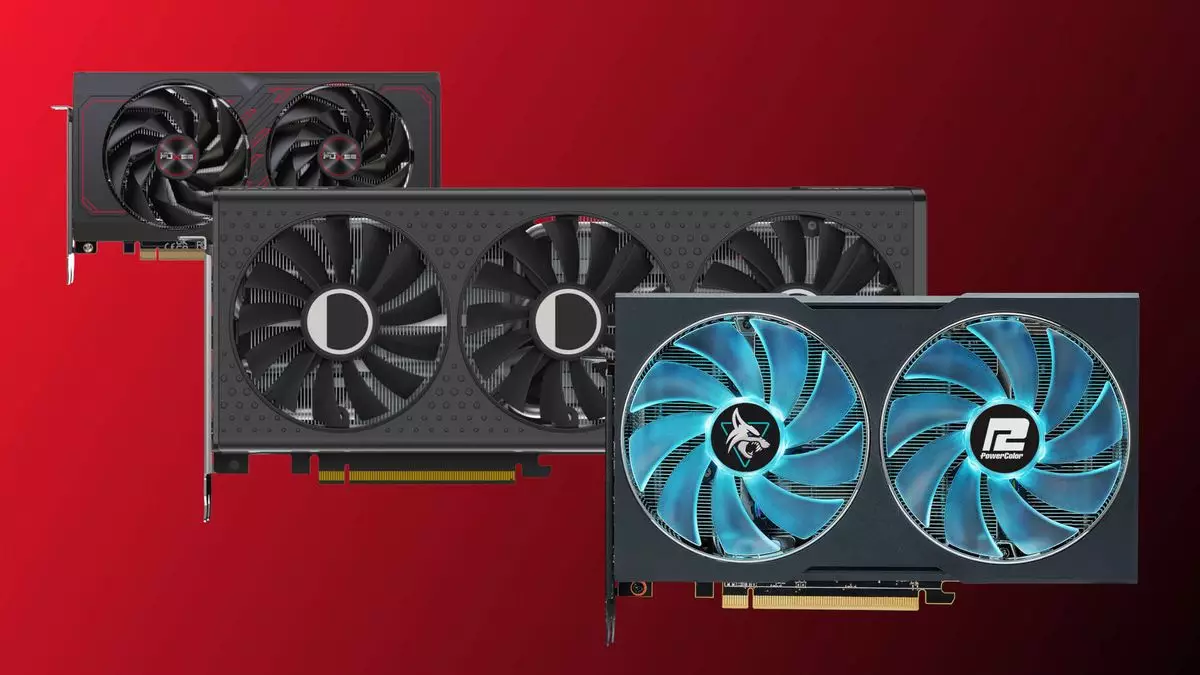AMD is gearing up to launch its new budget-friendly RDNA GPUs at the CES show in January, aiming to regain major market share from Nvidia. According to reports, AMD’s upcoming mainstream GPUs are expected to hit the market months ahead of Nvidia’s competing chips, providing a competitive edge for the company. Graphics card makers have already started testing their RDNA 4 cards using the Navi 48 and Navi 44 GPUs in preparation for the CES launch.
AMD has confirmed its shift in focus with the RDNA 4 GPUs, targeting affordability for millions of gamers rather than just high-end consumers. The company’s goal is to increase its GPU market share from the current 19% to potentially 40% or 50%. By appealing to a broader audience with more affordable gaming graphics cards, AMD aims to compete with Nvidia’s dominance in the market.
AMD’s strategy to penetrate the market and encourage game developers to optimize for AMD GPUs is crucial for its success. By showing that a significant number of gamers use AMD GPUs, the company can create more opportunities for collaboration and support from game developers. This approach is essential for AMD to establish a stronger presence in the gaming industry.
While AMD’s plan to launch RDNA 4 GPUs ahead of Nvidia’s RTX 50 series seems well-crafted, the company still faces challenges in stealing market share from Nvidia. Despite offering strong performance and value propositions, AMD will need multiple competitive GPU generations to effectively compete with Nvidia’s market dominance and brand recognition. Nvidia’s leadership in GPU technology and features like ray tracing and upscaling present significant hurdles for AMD to overcome.
AMD’s decision to target the mainstream market with the new Navi 48 and 44 GPUs may indicate a pragmatic approach rather than a strategic choice. The shift from a chiplet approach to monolithic GPUs for the RDNA 4 series suggests potential challenges in high-end GPU development for AMD. While the company’s long-term goal is to reach a 50% market share, the path to achieving this milestone will likely be gradual and require continuous innovation and competitive products.
Overall, AMD’s plan to launch new budget-friendly RDNA GPUs at CES shows its commitment to regaining market share from Nvidia. However, the company will need to overcome significant challenges in a highly competitive market and establish a strong foothold among mainstream gamers. By focusing on affordability, market penetration, and developer support, AMD aims to carve out a larger share of the GPU market in the long run.

